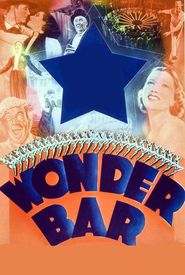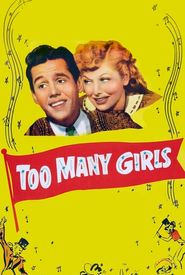Hal Le Roy's professional journey began in 1928 at the Lyric Theater in Hoboken, New Jersey, where he performed in the show "Hoboken Heroes." At the time, he was a young, tall, and thin individual with a distinctive and dazzling style that captivated audiences and fellow dancers alike.
In 1931, he caught the attention of Broadway producers, who cast him in the short-lived show "The Gang's All Here." Later that year, he and his partner Mitzi Mayfair stole the spotlight from big stars like Harry Richman and Ruth Etting in the "Ziegfeld Follies of 1931." His unique style made him a popular feature in numerous film shorts produced in the Brooklyn Vitaphone studios.
Le Roy's eccentric style also earned him a spot in several Broadway shows, including "The Gang's All Here" (1931),"Ziegfeld Follies of 1931" (with Mitzi Mayfair),"Thumbs Up" (1935),and Rodgers & Hart's "Too Many Girls" (1939). His most notable film appearance was in Warner Bros.' "Harold Teen" (1934),where he performed an extended solo in the last reel.
In 1935, Le Roy made headlines when he sued his father for $70,000, alleging that his father had withdrawn the money, which had been set aside in a joint account, when he married his dancing partner Ruth Dodd. The arrangement was supposed to continue until Le Roy was 21.
Throughout the 1930s and 1940s, Le Roy continued to appear in vaudeville, performing at iconic venues like Radio City Music Hall, the Capitol Theatre, the State Theatre, and the Earle Theatre. He also made occasional appearances in feature films, such as the college dance scene in "Start Cheering" (1938).
In addition to his stage and screen work, Le Roy appeared on television and in summer stock productions, including Guy Lombardo's production of "Show Boat" (1956) at Marine Stadium, Jones Beach, New York. In 1966, he directed the off-Broadway show "Summer's Here." Le Roy passed away in 1985 following heart surgery.
















